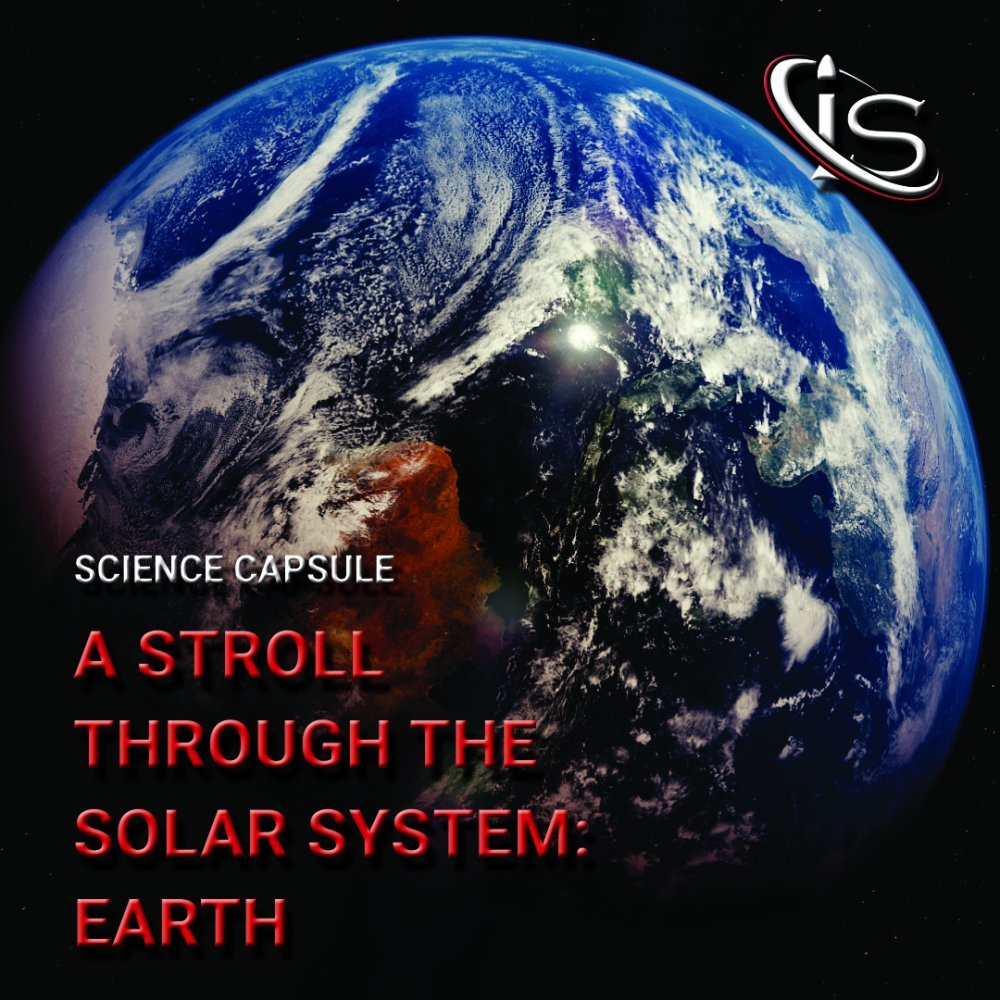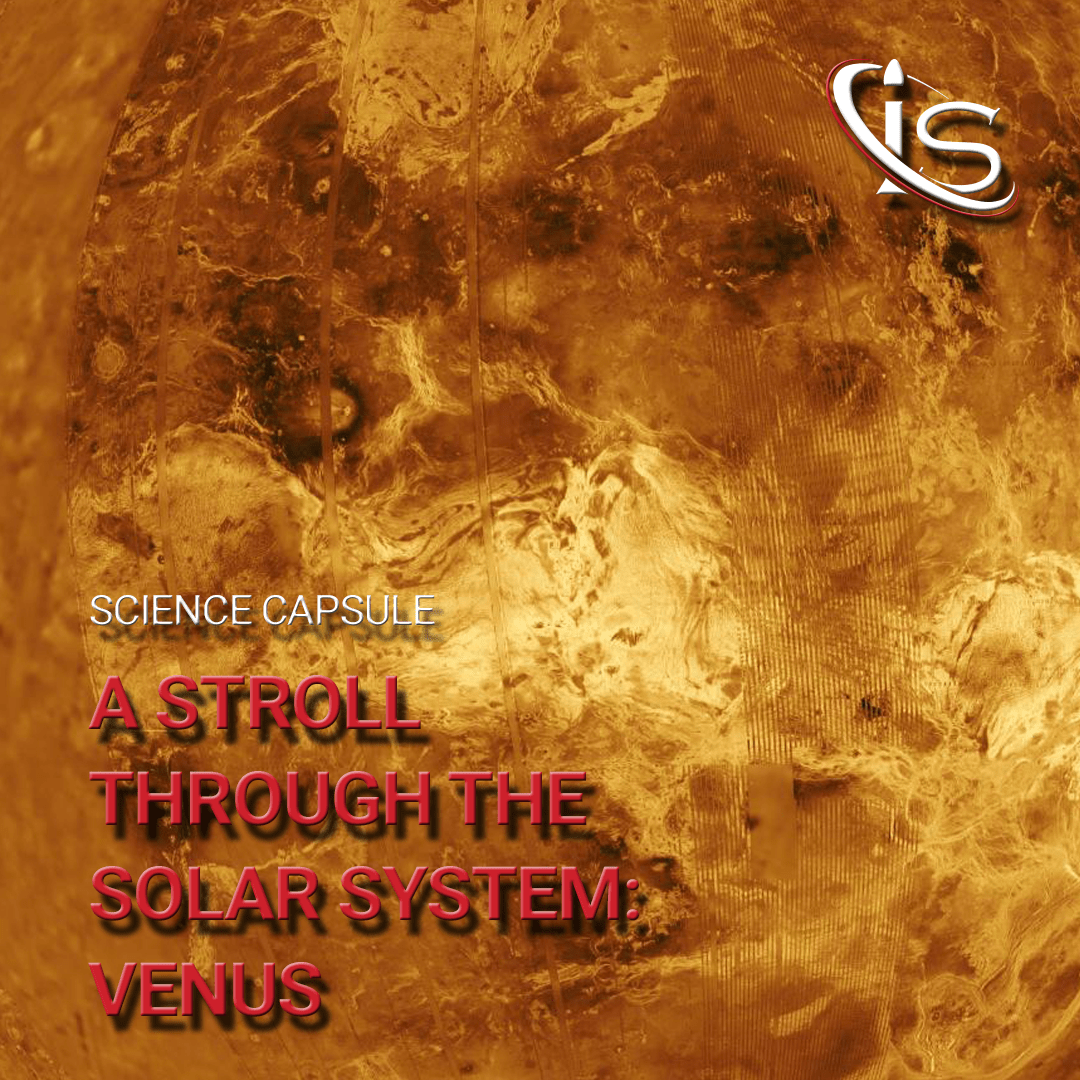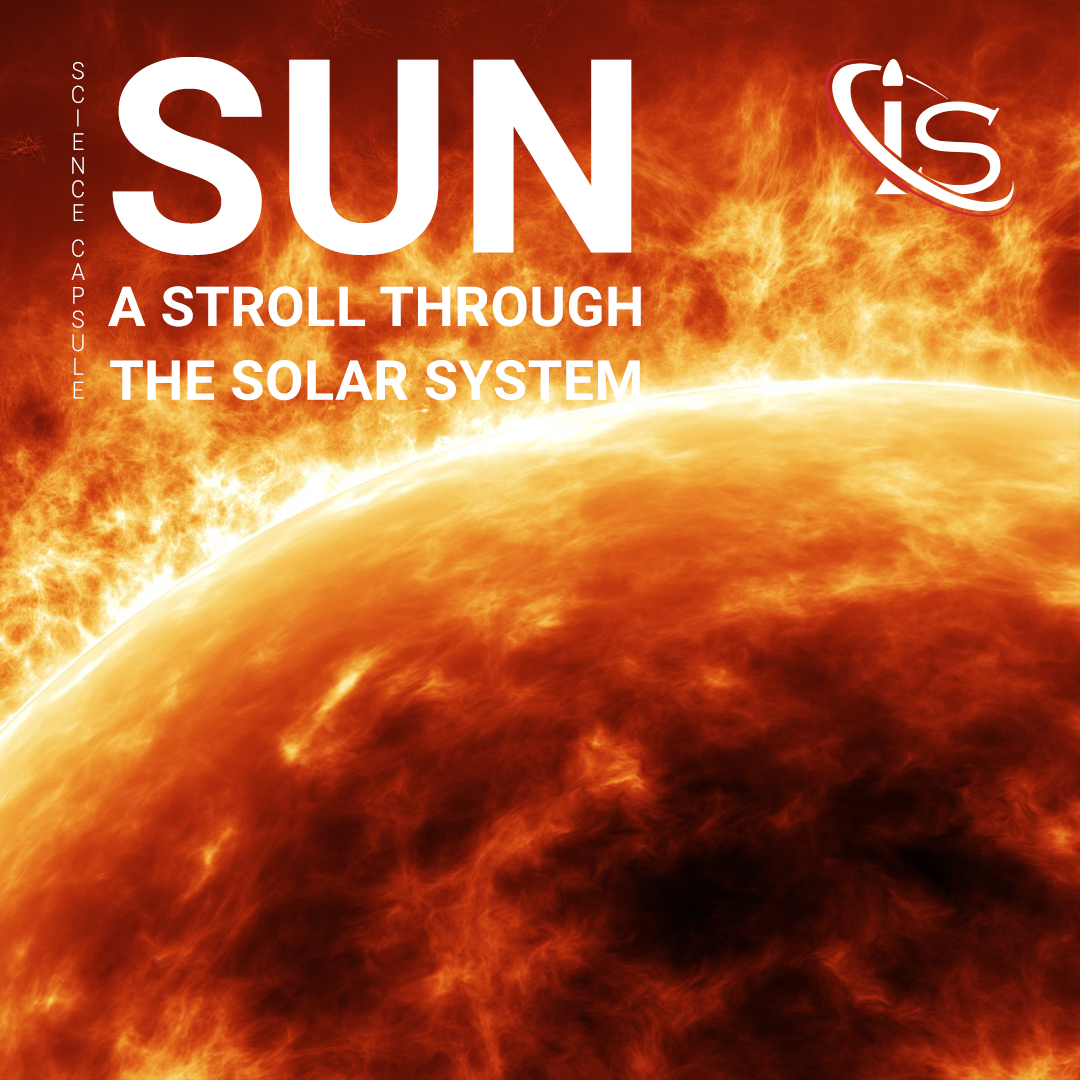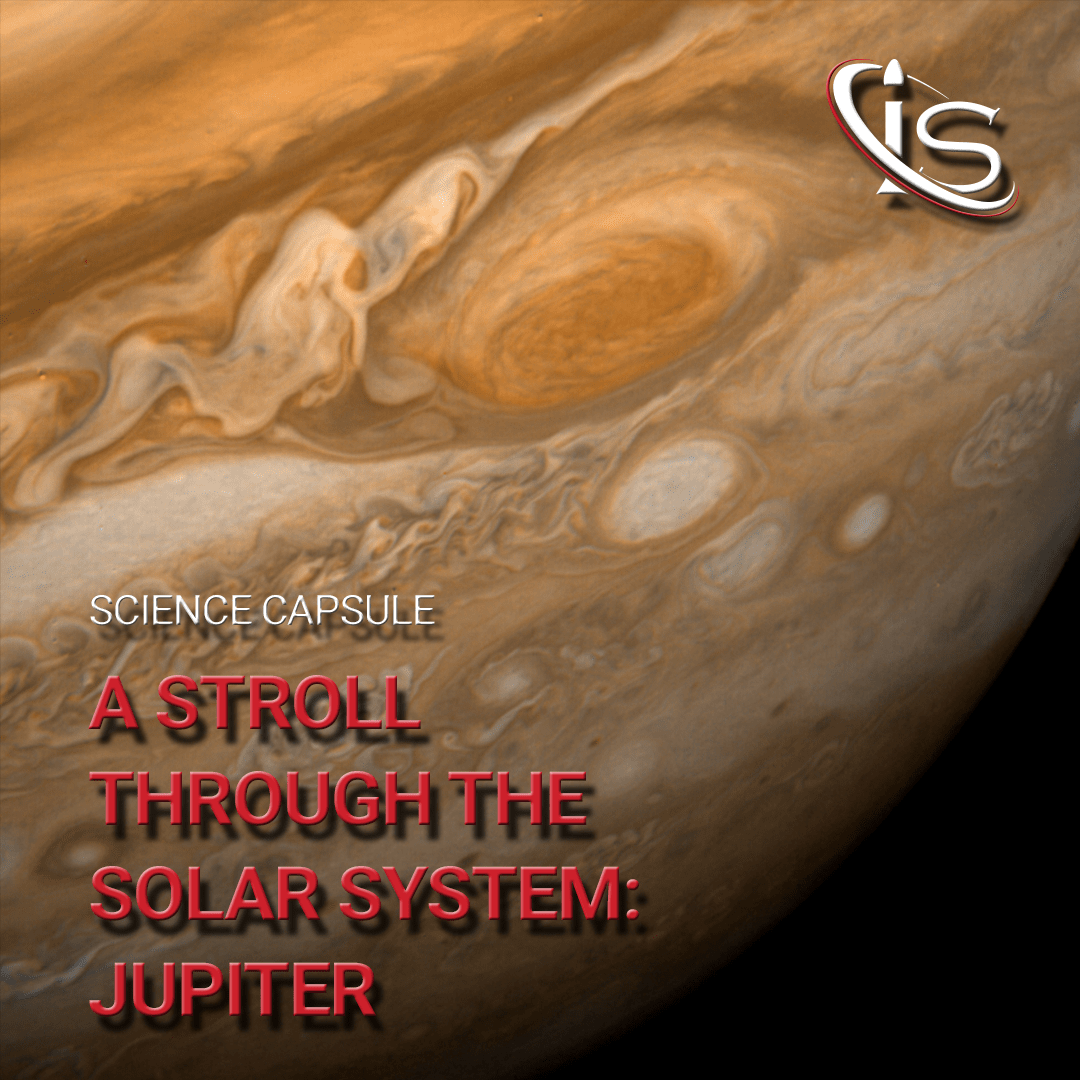Welcome to the first of a series of Science Capsules where we will explore the planets that make up our beloved Solar System. Not only will these capsules cover what makes each planet special, but they will also discuss why each planet formed the way it did. As in all things, we need to pick a spot to start. And what better place to do so than the closest planet to the Sun, Mercury.
Mercury

Proximity to the Sun
Let us start off with the most obvious piece of information. That being, Mercury is the closest planet to the Sun. This has a couple implications. One, Mercury has the shortest sidereal year of any planet in the Solar System. And even though the term may seem foreign, a sidereal year simply refers to the amount of time it takes a planet (or any celestial body) to complete one orbit around its star. This is different from a synodic year, which refers to the amount of time it takes that same body to get back to the same position relative to Earth. Basically, they both measure how long it takes for a body to go back to the same position relative to a given reference point. The only difference is the reference point in question.
Temperature and Atmosphere
Another result from Mercury’s proximity to the Sun is the temperature on the planet. Now, interestingly enough, Mercury is not the hottest planet in the Solar System. No, that title belongs to its neighbor, Venus. Although, the reason Venus reaches such scorching temperatures (475°C) has to do with its particularly dense atmosphere, and not just its distance to the Sun. However, this is not a capsule on Venus. So, I’ll stop talking about the morning star and get back to Mercury. And while it may not have the hottest temperatures, it does have the craziest ones.
Just between the day side and night side, temperatures on Mercury can vary from 427°C to -180°C. Furthermore, Mercury only completes three full rotations every 2 sidereal years, which equates to, roughly, one rotation for every 60 days on Earth. This also means that Mercury’s day and night sides do not change very frequently, thus contributing to the crazy temperature jumps.
Another interesting feature that results from Mercury’s closeness to the Sun is its thin atmosphere. This is also why Mercury does not hold the title of hottest planet, as well as why its temperatures are so varied. A planet’s atmosphere, as we will see especially with Venus, is what helps keep the heat from escaping back into space. This is due to the presence of greenhouse gases, like carbon dioxide, which absorb and reflect back infrared radiation. However, we will get into greater detail about this phenomenon when talking about Venus and Earth itself.
The Fastest Planet in the Solar System
This should come as no surprise but being so close to the Sun also dictates a very high orbiting speed for Mercury. Clocking in at 47 km/s, Mercury is the fastest planet orbiting our Sun. For comparison, Earth orbits the Sun at 30 km/s, while Venus, Mercury’s closest neighbor, has a speed of 35 km/s. The explanation for this is pretty simple: orbital velocity is inversely proportional to the distance between a planet and the star it is orbiting. In mathematical terms, this concept is expressed as follows:
![Rendered by QuickLaTeX.com \[v = \sqrt{\frac{GM}{R}}\]](https://impulso.space/wp-content/ql-cache/quicklatex.com-dad4d1a6fa71c73f80af577877b7cc60_l3.png)
Where:
v: orbital velocity;
G: gravitational constant;
M: mass of central object/star (the Sun in the case of the Solar System);
R: distance to central object/star.
Now, this is an oversimplification, as it treats the planet as if only the star’s gravitational pull is acting upon it. It also approximated the orbit as a circular one instead of using the actual elliptical shape. Still, the equation above does give a good general idea for how fast planets orbit their respective stars.
And trust me, you do not want to get into the deep meanders of calculating a planet’s precession due to the other bodies in its system. I had to do it for my general relativity class, using Mercury as the planet in question, in fact. And all you need to know is that, by the time the assignment was due, neither I, nor anyone else in the class (professor included), was able to come up with a way to calculate said precession. However, other scientists who conducted studies on this subject did find the answer. And, so, I will relay it to you, without pretending to know how they got it: 574 arcseconds/century.
Other Characteristic Features
Size
Mercury is the smallest planet in the Solar System, with a volume of 60.8 x 109 km3. This actually make Mercury only slightly larger than the Moon, which has a volume of 21.97 x 109 km3. Its mass is also the lowest, coming in at 3.3 x 1023 kg. Of course, Pluto used to hold the title for smallest planet… before the astronomical community decided to remove it from the list of planets altogether. However, that is a completely separate issue and a pretty complicated one at that. So if you would like to learn more about it, you can check out the science capsule on the Definition of a Planet.
How the Sun Rises and Sets on Mercury
This is maybe my personal favorite fun fact about Mercury. Due to its elliptical orbit and slow rotation, the Sun actually appears to rise and set multiple times over different parts of the planet. Basically, instead of rising and setting over the horizon once per rotation, as it does here on Earth, the Sun will rise momentarily, set, and then rise again over another point of the planet. The same concept applies for when the Sun sets. That seems to be one of the bonuses that comes with a day that lasts the equivalent of two months on Earth.
There is actually a technical term for this phenomenon: retrograde motion. This refers to the fact that, at perihelion, Mercury’s orbital velocity surpasses its angular one. The effect is the one described above, where the Sun appears to rise and set multiple times per Mercury day. Basically, because of how fast Mercury orbits the Sun at its closest approach point, the Sun would appear to move in a direction opposite that of other bodies in the Solar System to a Mercury’s observer. This is not actually the case, but it is why the phenomenon has the name of retrograde motion.
No Life and No Moons
As we discussed before, Mercury has a very thin atmosphere, leading to wild temperature changes. When this is combined with the intense amount of radiation it receives from the Sun, the result is an environment that is not very conducive to life. In fact, its atmosphere is composed mostly of oxygen, potassium, sodium, hydrogen, and helium. This means that not only does Mercury not have greenhouse gases, but, also, that its atmosphere is technically only an exosphere. Basically, if Earth only had its outermost atmospheric layer, it would have a similar atmosphere to Mercury.
So, for anyone wondering which planets might hold forms of life on them, Mercury is most likely not one of them. It also does not have any moons orbiting it and is devoid of any Saturn-like rings. However, ironically, its surface is cratered and rough, directly mirroring the surface of our Moon.
And that is the conclusion of the first science capsule to explore the planets in our Solar System. If you are interested in learning about more of our neighbors, then I recommend keeping an eye on our website, where all these science capsules will come out. Especially since, up next, will be Venus, the planet that I believe to be the coolest (or should I say hottest) of them all. And yes, that was a double pun about both the planet’s temperature and the Greco-Roman deity it is named after.





